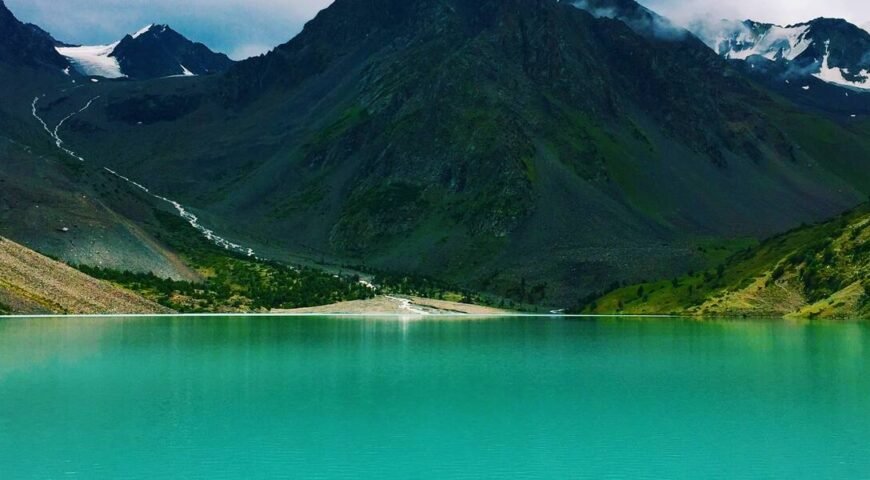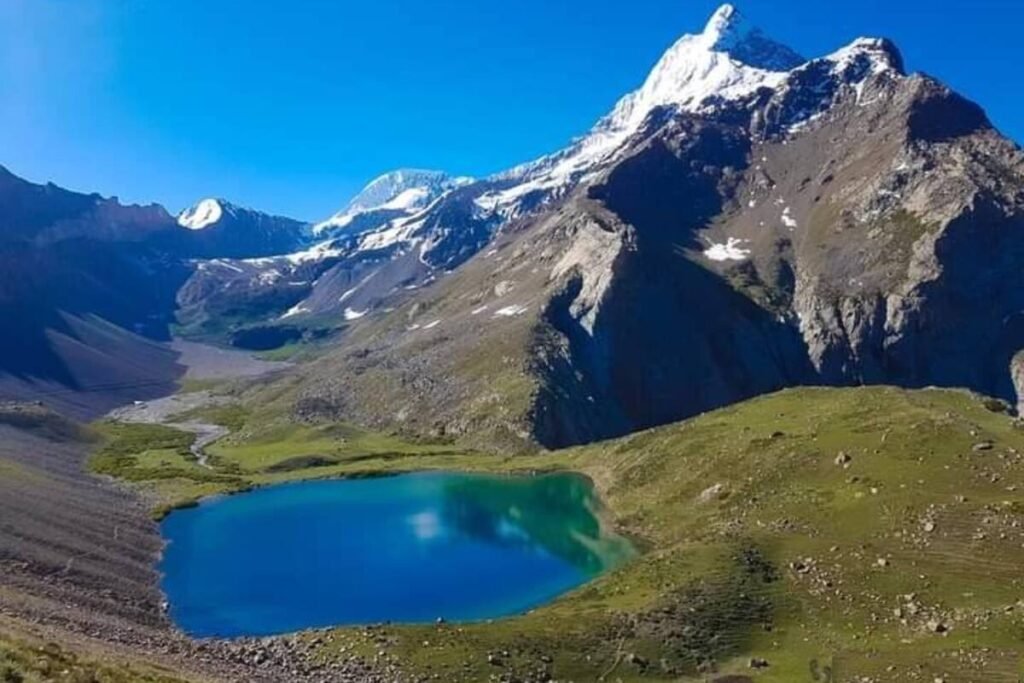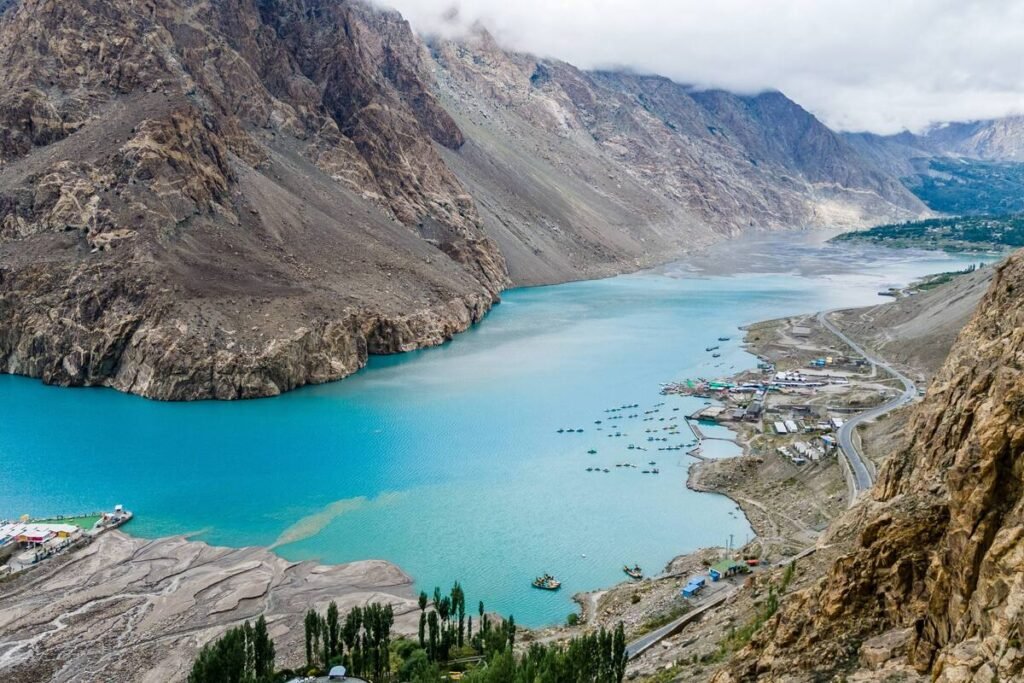
Lakes in Pakistan Exploring the Beauty of the Nature
Pakistan, known for its diverse landscapes ranging from majestic mountains to vast deserts, is also home to numerous picturesque lakes. These natural wonders not only contribute to the country’s scenic beauty but also play significant ecological and socio-economic roles. Let’s delve into the enchanting world of lakes in Pakistan. In addition, the Lakes in Pakistan add to their beauty and are also a source of irrigation as well. In this blog post, we will explore some of the beautiful lakes and their importance. Furthermore, we also walk you through access to these Lakes.
Moreover, Pakistan is rich in such lakes, and most of them are in the high mountains that need multi-days walking to reach. Discover Pakistan provides amazing tour packages in Pakistan to find your favorite places to visit and enjoy holidays.
Importance of Lakes in Pakistan
Lakes hold immense importance in Pakistan’s ecosystem. They serve as vital reservoirs of freshwater, supporting various forms of life, including aquatic plants, fishes, and migratory birds. Moreover, they contribute to groundwater recharge, helping to sustain agriculture and human settlements in surrounding areas.
Especially, most of the places in Northern Pakistan and Chitral depend on lakes for their agriculture and crops. The lakes in northern Pakistan are mostly formed with glaciers and snowfall. Some of the crystal lakes form with spring water.
Geographic Distribution of Lakes

Northern Pakistan and its beautiful Lakes
In the northern region of Pakistan, nestled amidst the towering peaks of the Himalayas, Karakoram, and Hindu Kush ranges, lie numerous pristine lakes. These glacial lakes, formed by the melting of glaciers, exhibit breathtaking beauty and crystal-clear waters. Some notable examples include Lake Saiful Muluk, Lake Attabad, Bortith and Sheosar Lake, Satpara Lake, Shangrila Lake, and Anso Lake in Karakorum.
Apart from these, if you travel through the west of Gilgit, you’ll encounter several lakes in the Ghizer Valley, such as Khalti Lake, Phander Lake, Khokish Lake, Shandur Lake, and Handrap Lake. The best part is that all these lakes are easily accessible by car, and only a few require a special jeep drive. Some lakes in Gilgit-Baltistan require several days of walking and camping for access. You will find all these in the Hindukush Mountain range, like Attar Lake, Korumbar Lake, Hayul Lake, Shokargah Lake, Mayur Lake, and many more.
In addition, all these lakes have unique trout fish as well. The Ghizer River is also famous for trout fish because of these lakes. This is the reason, it is called “Land of the Lakes.”
Lakes in Southern Pakistan
In contrast, the southern part of Pakistan boasts lakes formed by natural depressions, riverine systems, and man-made reservoirs. The largest natural lake in Pakistan, Keenjhar Lake, also known as Kalri Lake, is located near Thatta in Sindh province. Additionally, the Mangla and Tarbela reservoirs are significant artificial lakes created for hydropower generation and irrigation purposes.
Natural Beauty and Biodiversity of Pakistani Lakes
Pakistani lakes are not only renowned for their scenic landscapes but also harbor rich biodiversity. These aquatic ecosystems support a diverse array of flora and fauna, including endemic species and migratory birds. The tranquil surroundings of lakes provide refuge to wildlife, offering a glimpse into the wonders of nature.
Cultural Significance and Tourism
Beyond their ecological significance, lakes hold cultural importance in Pakistan. They are often intertwined with local myths, folklore, and traditions, serving as sources of inspiration for poets and artists. Moreover, lakes attract tourists from around the globe, offering opportunities for boating, fishing, and birdwatching. The hospitality of nearby communities adds warmth to the visitor experience, showcasing Pakistan’s rich cultural heritage.

Major Threats to Pakistani Lakes
Despite their ecological and cultural significance, Pakistani lakes face numerous threats, including pollution, climate change, and overexploitation. Industrial and agricultural runoff, untreated sewage, and solid waste pose serious challenges to water quality and aquatic life. Climate change exacerbates these problems, leading to unpredictable weather patterns and altered hydrological cycles.
Conservation Efforts and Initiatives
To address these challenges, concerted efforts are underway to conserve and protect Pakistani lakes. Government policies aim to regulate pollution, promote sustainable water management practices, and enhance biodiversity conservation. Non-governmental organizations (NGOs) collaborate with local communities to raise awareness, implement conservation projects, and monitor water quality.
Case Studies of Notable Pakistani Lakes
- Lake Saiful Muluk
Situated in the Kaghan Valley of Khyber Pakhtunkhwa province, Lake Saiful Muluk is famed for its stunning beauty and mythical tales. Surrounded by snow-capped peaks, the lake attracts visitors seeking tranquility and adventure amidst nature’s splendor.
- Rawal Lake
Located near Islamabad, Rawal Lake is a popular recreational spot for residents and tourists alike. Boating facilities, picnic areas, and hiking trails offer opportunities for relaxation and enjoyment amidst lush greenery.
- Keenjhar Lake (Kalri Lake)
Keenjhar Lake, the largest natural lake in Sindh, is a haven for migratory birds and waterfowl. Its serene surroundings and diverse wildlife make it a preferred destination for birdwatchers and nature enthusiasts.
Challenges and Future Prospects
While progress has been made in conserving Pakistani lakes, significant challenges remain. Sustainable management practices, community involvement, and enhanced enforcement of environmental regulations are essential for safeguarding these precious natural resources. Moreover, collaboration between stakeholders, including governments, civil society, and the private sector, is crucial for ensuring the long-term sustainability of Pakistani lakes.
Frequently Asked Questions (FAQs)
Are Pakistani lakes safe for swimming?
While some lakes may be suitable for swimming, checking water quality and safety guidelines before taking a dip is essential.
Can I camp near Pakistani lakes?
Certain areas near Pakistani lakes permit camping, but it’s advisable to obtain permission and follow leave-no-trace principles to minimize environmental impact.
Do Pakistani lakes harbor any endangered species?
Yes, habitat loss and pollution have endangered several species of fish and birds endemic to Pakistani lakes.
What is the best time to visit Pakistani lakes?
The best time to visit Pakistani lakes varies depending on the region and climate. Generally, spring and autumn offer pleasant weather and clear skies for outdoor activities.
Are there any boating restrictions on Pakistani lakes?
Boating regulations may vary depending on the lake and local authorities. It’s advisable to inquire about permits and safety guidelines before embarking on a boating excursion.
Conclusion
In conclusion, the lakes of Pakistan embody the country’s natural splendor, cultural heritage, and ecological diversity. From the majestic mountains of the north to the plains of the south, these aquatic gems enchant visitors with their beauty and biodiversity. However, concerted efforts are needed to address the threats facing Pakistani lakes and ensure their preservation for future generations to cherish.
